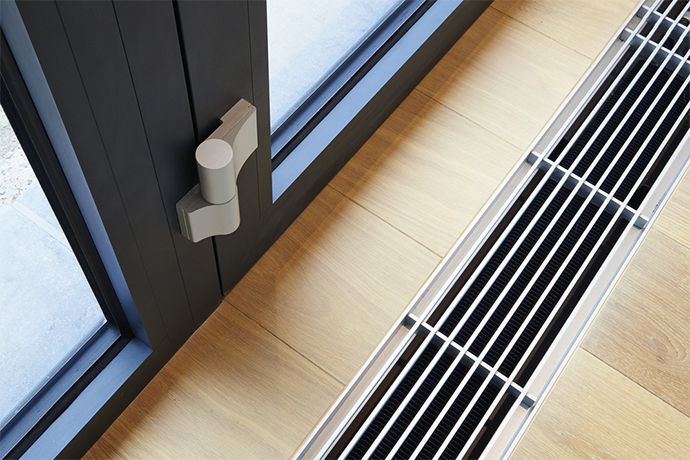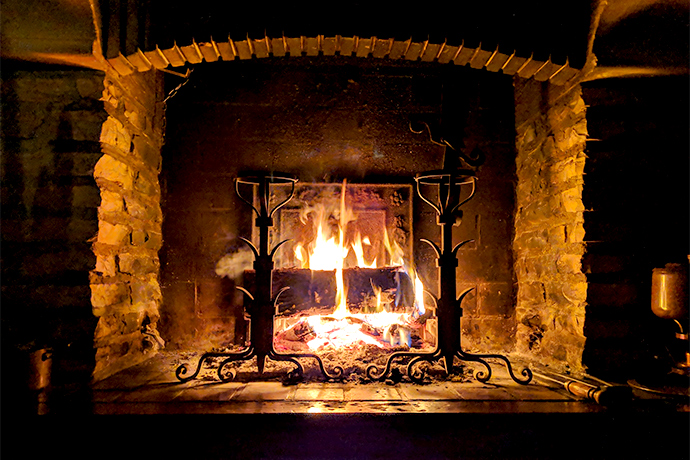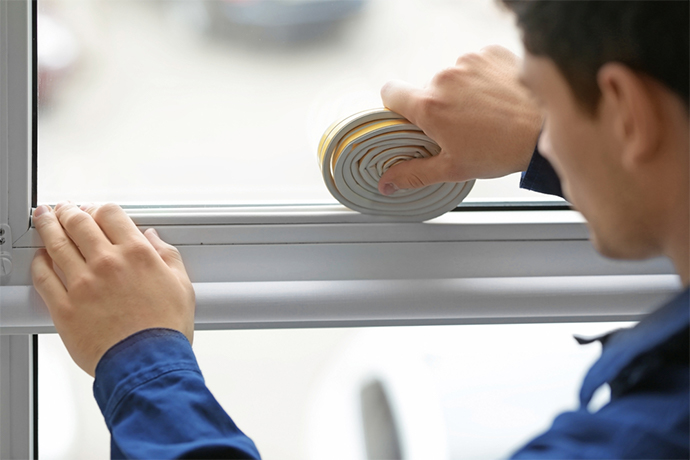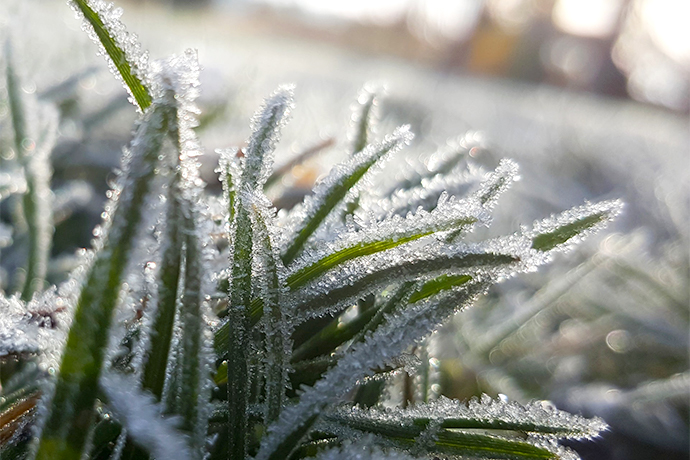December 05, 2022
5 Steps to Prepare Your Home for Winter
Without the proper preparation, cold temperatures, snow accumulation, and pressure changes can all take a dangerous toll on a home during winter. Taking a few key maintenance and prevention steps can make all the difference in keeping your home safe and your family comfortable throughout the colder months. In addition to swapping fall flannels for cozy sweaters and plenty of layers, check on these five home features to properly prepare your interior and exterior for winter conditions.
1. Heating System

One of the most crucial steps to keeping your home safe and comfortable for the winter season is performing maintenance on your heating system. For homes with an HVAC system, this generally looks like changing the air filter, cleaning the vents, and checking for any leaks or issues in the system. Some HVAC filters should be changed as often as every 30-90 days. Replacing them before turning your furnace back on will allow your system to run as efficiently as possible while keeping the air in your home clean.
Likewise, if dust and debris block the hot air from exiting your heat vents, the system will have to work overtime to heat your home. Taking the time to vacuum or dust your heat vents will allow the best efficiency. To ensure no leaks have occurred and no further maintenance is needed, turn up your thermostat before the bitter cold fully sets in in order to check that the system is working properly. If you smell gas, hear abnormal noises, or notice anything outside of the ordinary functions, call to schedule a maintenance appointment and get in touch with your gas company if necessary.
2. Chimney and Fireplace

There’s nothing quite like gathering around the fireplace on a chilly day! Whether your home is decked out with fireplaces in the dining room and primary bedroom or whether you’ve just got one in your living room, taking the time to prepare your chimney and fireplace for the winter months will make for a much more enjoyable and stress-free experience when it’s time to snuggle by the fireplace again.
First, inspect the chimney from both the interior and exterior of your home. Inside, clear away clutter and any dust and debris from the last few seasons. Test out opening and closing the damper to ensure proper function. Then, move outside to check the chimney cap, trim back any trees that have grown close to the chimney, and look for signs of other issues such as cracks or loose bricks. Finally, hire a chimney sweep to remove built up soot and creosote.
Tend to the fireplace by first cleaning it out as needed, then check that you have all you need for it to function properly when the weather requires it. If it’s a gas fireplace, check on the pilot light and clean the blower if applicable. For wood-burning fireplaces, gather and prepare your firewood as necessary, taking care to ensure the wood is properly dry and clean.
3. Pipes
Some of the most common winter-related home damages involve cracked pipes. When the water inside pipes freezes, it expands, sometimes resulting in damage to the pipe as well as water damage inside the home. Before temperatures drop below freezing, turn off all exterior faucets and disconnect any hoses. This step is easy to overlook as the fall gradually merges into winter, but forgetting this crucial action can be very costly. If water inside the hoses and pipes freezes, the pipes will likely crack and require repair, which may mean destroying drywall to get to them in addition to addressing any water damage inside the home.
To further protect your pipes and prevent water damage inside your home, consider these tips:
- Keep your home at a stable temperature, even if you leave for work during the day
- Insulate pipes in cold areas, such as the garage or unfinished basement
- Turn off your primary water valve before taking long trips
- Run water-based appliances at night to prevent freezing
4. Doors and Windows

Checking the insulation around doors and windows can make a world of difference for your heating bill and for the environment. In homes where heat can escape through cracks in windows and doors, energy efficiency plummets. It’s much more difficult to keep your home at a comfortable temperature if it is not properly sealed.
Check for any visible gaps between windows and doors and their respective frames. If you can see cracks, start by adding weatherstripping to doors or add insulation as needed. You may need to add caulk around any cracks to make your home more efficient and air-tight. If you still notice cold air coming through the windows, it may be time to upgrade the windows themselves, or add thermal window coverings to help prevent heat from escaping through the glass.
5. Yards

Before the first frost, tend to your yard to keep it healthy and attractive. Although it may be covered in snow for the next few months, the maintenance you complete in late fall will play a large role in the health of your yard come springtime. Cut the grass before the first frost in order to prevent disease, and trim back perennials as necessary. Cover your garden with mulch or compost to protect the soil and trap nutrients.
Before the snow comes around to damage your outdoor couch cushions and rugs, store them for the winter. Finding a dry space in the shed or garage will help protect them from the elements, and shielding them from snowfall and winter debris will help prevent mold and discoloration.
Get Started Today!
Does your home require more than simple maintenance in order to become the winter wonderland of your dreams? The team at DeLeers Construction is ready to help you plan the home renovation project you’ve been wishing for. Contact us today!
Message or call our experts at 920-347-5830 with any questions about hiring professionals for preparing your home for the winter!



